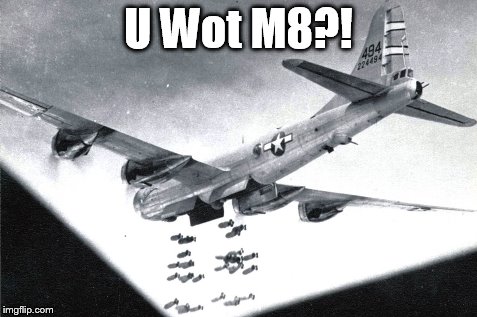Teddy Petter, in designing the Whirlwind, was screwed by the designated engine, but also screwed up the wing. It was quite thin, good, but in was narrow chord, and too small. Even with good flaps, it needed the best runways. Re-engining with Merlin would require extensive mods, and wouldn't be great without a wing re-design which wouldn't have happened. The wing needed was found later on the DH Hornet, or in Germany, on the FW Falke.
The Welkin still had a narrow chord and greater span, with extra thickness. Petter had never paid any attention to the babbling going on at the Volta conference, where he would find out that a broad chord makes a thick wing seem thinner. He noticed by the time of the Canberra design, which had a thick and broad wing.
The concept of a high-altitude bomber beyond the reach of single-engine fighters only works if you make it so, as back in the days where biplane fighters couldn't catch monoplane bombers. The Spitfire HF could reach the Ju-86, which, in any case, was performing recce, without a bomb load.
The Welkin still had a narrow chord and greater span, with extra thickness. Petter had never paid any attention to the babbling going on at the Volta conference, where he would find out that a broad chord makes a thick wing seem thinner. He noticed by the time of the Canberra design, which had a thick and broad wing.
The concept of a high-altitude bomber beyond the reach of single-engine fighters only works if you make it so, as back in the days where biplane fighters couldn't catch monoplane bombers. The Spitfire HF could reach the Ju-86, which, in any case, was performing recce, without a bomb load.

